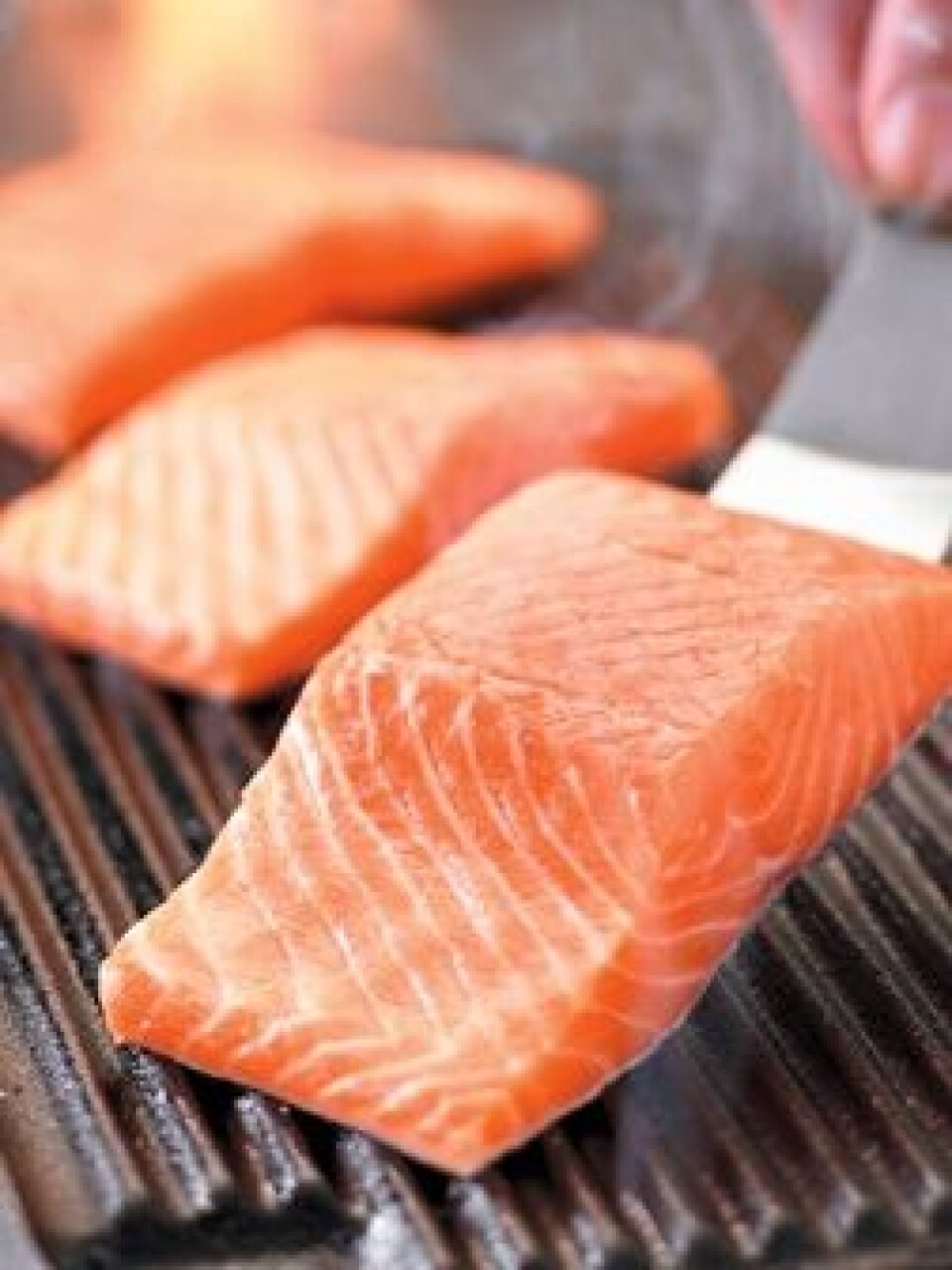
Russian sanctions: great opportunity for VAP
Christian Pérez “Today, Russian importers not only want head-on Atlantic salmon and trout from Chile, they also ask for other presentations and even for Coho salmon," says the sales representative of a Chilean salmon producing company. He added that this would be a great opportunity to place products different to those previously demanded by Russia. “The main limitations under this scenario are logistics and transportation,” the same source argues. The air freight costs would actually range between US$ 2.5 and US$ 5.0 per Kg. depending if the company uses a cargo charter or a commercial airline. “Some cargo charters direct from Santiago to Moscow can transport up to 80 tonnes per flight,” he added. This higher freight costs are already reflected in the price of Chilean salmon in Russia, which currently ranges from US$ 5.8 to US$ 8.3 per Kg. “These prices imply a premium of around US$ 1-1.5 per Kg for Chilean companies. However, these high prices may cause a reduction in the Russian demand for our products in the medium term,” the same source predicts. Some shipments of salmon intended for the US are being redirected to Russia, according to this exporter. As a consequence, prices are likely to stabilise in the US after consecutive weekly decreases prior to the sanctions. “This strategy prevents focusing on just one market,” he added. Finally, he expects that the commercial effects from the sanctions will be beneficial for the global salmon industry, not just for the Chilean industry, as the markets will become more dynamic.






















































